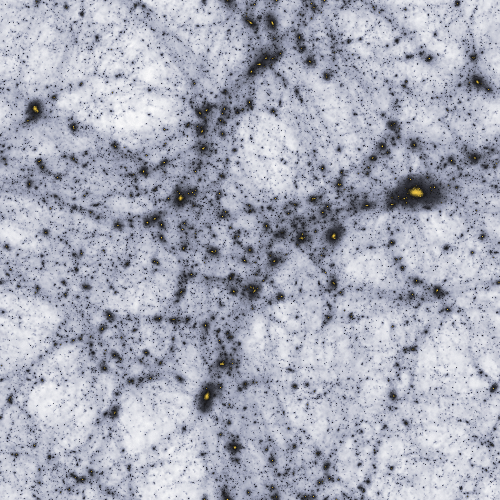 I am a cosmologist, whose aim is to answer fundamental physics questions about our Universe: what is our Universe made of? what is the nature of dark matter and dark energy? how did galaxies and all other objects in the Universe form and evolve? My research focuses on the formation of the large-scale structure in the Universe, made of extended halos of dark matter which are interconnected by filamentary structures and surrounded by empty voids. I am particularly interested in understanding the characteristic final properties of halos and their relation to the initial conditions of the Universe. Understanding the evolution of dark matter halos and the connection between halos and galaxies can provide answers to some of the most fundamental questions in Cosmology.
I am a cosmologist, whose aim is to answer fundamental physics questions about our Universe: what is our Universe made of? what is the nature of dark matter and dark energy? how did galaxies and all other objects in the Universe form and evolve? My research focuses on the formation of the large-scale structure in the Universe, made of extended halos of dark matter which are interconnected by filamentary structures and surrounded by empty voids. I am particularly interested in understanding the characteristic final properties of halos and their relation to the initial conditions of the Universe. Understanding the evolution of dark matter halos and the connection between halos and galaxies can provide answers to some of the most fundamental questions in Cosmology.
I use a combination of analytic modelling, numerical simulations and artificial intelligence algorithms to learn about the Universe. In particular, I have been exploring the potential of explainable artificial intelligence (AI) algorithms to generate new knowledge about the underlying physics driving cosmological structure formation. By understanding and explaining how and why these complex algorithms reach particular decisions, one can use them to shed light into physics problems that may be too hard to tackle with standard statistical and analytical approaches.